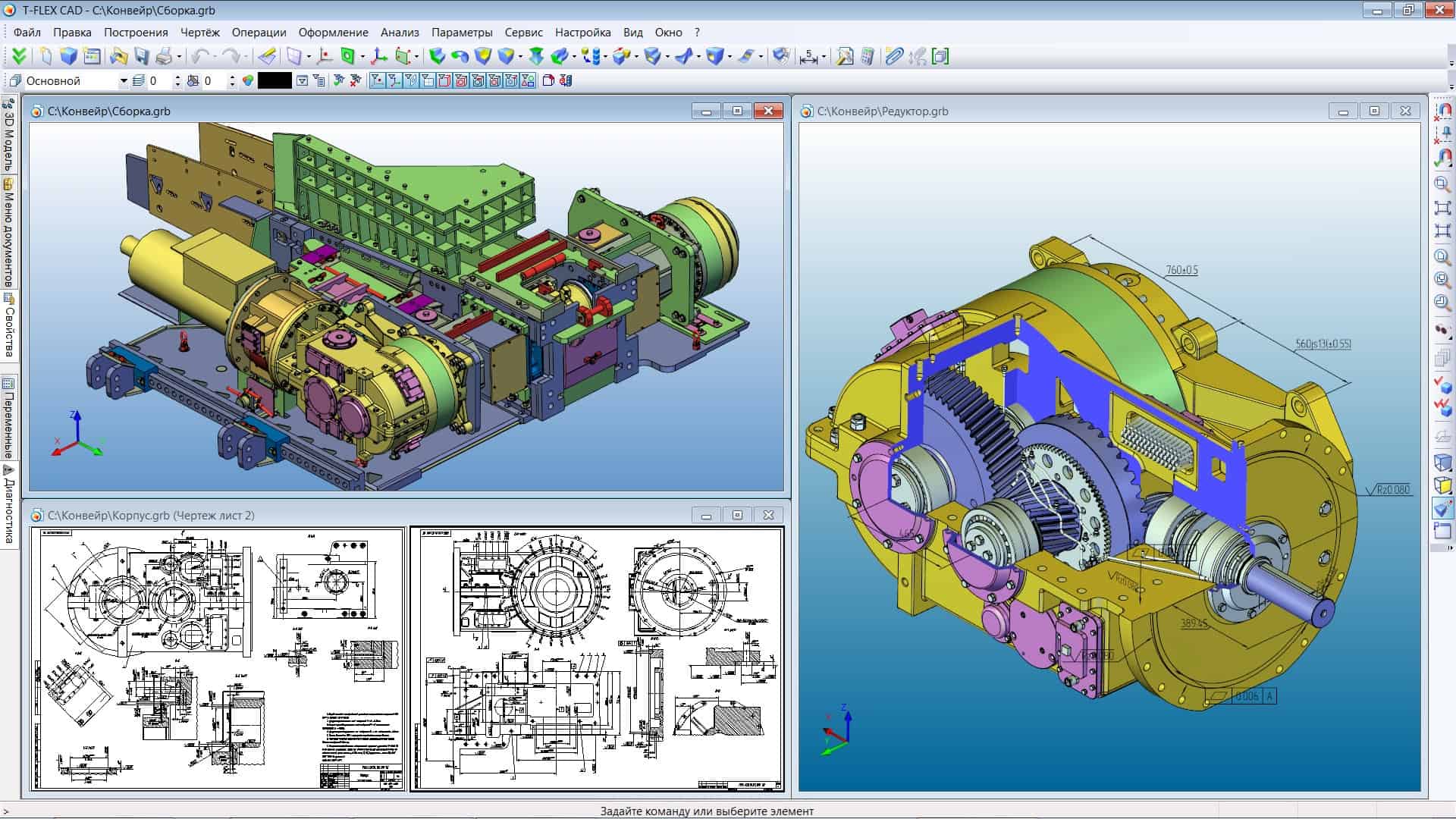The case of Design Data Corp. v. Unigate Enterprise involves a claim that Unigate infringed the US copyright on Design Data’s computer aided design (CAD) program.
What makes the case unusual is that it involves claims arising not only from copying of the program but from the output of the program.
As the Ninth Circuit noted,
Design Data created and owns a copyrighted CAD software program called SDS/2. Based on data input by the user, SDS/2 uses building and engineering codes to produce two- and three-dimensional drawings and models of steel structural components. These drawings and models enable the fabrication of steel components and assist with the building of structures. When SDS/2 is used to design steel components, SDS/2 also creates “job files,” which contain all information and files related to the project.
UE is a California company that outsources steel detailing services by selling CAD files created by contractors in China.
At least one Chinese UE contractor created CAD images and files using a pirate copy of the SDS/2 software and sent those to UE.
UE then sent those files to clients in the US.
Design Data contended that UE was aware its contractor was using pirate software, but EU denied that.
The court noted,
Despite advertising on its website that “We use the SDS/2. . . if required,” UE never purchased a license to use SDS/2 and claims it never actually used the program. UE has admitted, however, to downloading a copy of SDS/2 from a website to a UE external hard drive.
Design Data found SDS/2-generated images on UE computers and sued for copyright infringement.
However,
The district court granted UE’s motion for summary judgment, finding that its download of SDS/2 was de minimis copyright infringement, that any infringement by UE’s Chinese contractor was beyond the reach of U.S. copyright law, and that Design Data failed to show that SDS/2’s copyright protected the SDS/2-generated images and files at issue.
The Ninth Circuit affirmed the district court’s ruling that copyright law protected the program itself, but not the output of that program.
However, that decision was specific to the facts of this case.
The court noted that
Other authorities, however, suggest that the copyright protection afforded a computer program may extend to the program’s output if the program “does the lion’s share of the work” in creating the output and the user’s role is so “marginal” that the output reflects the program’s contents.
To receive poetic updates on IP law, sign up for our monthly collection of patent haikus and news here:


